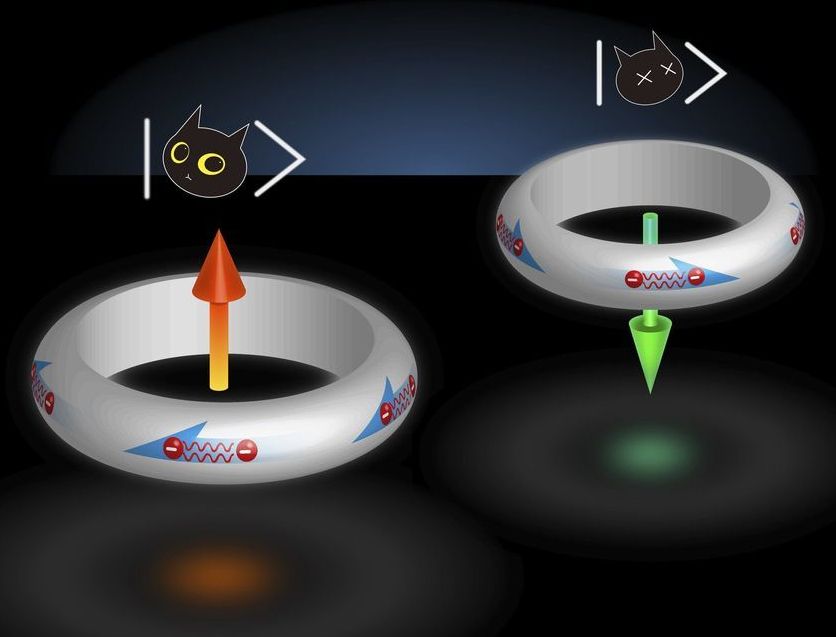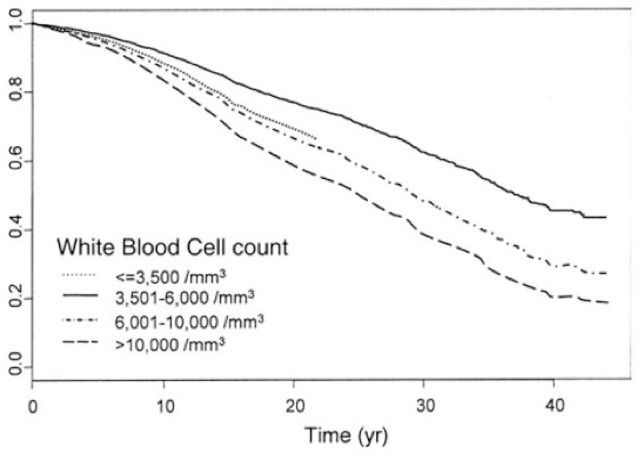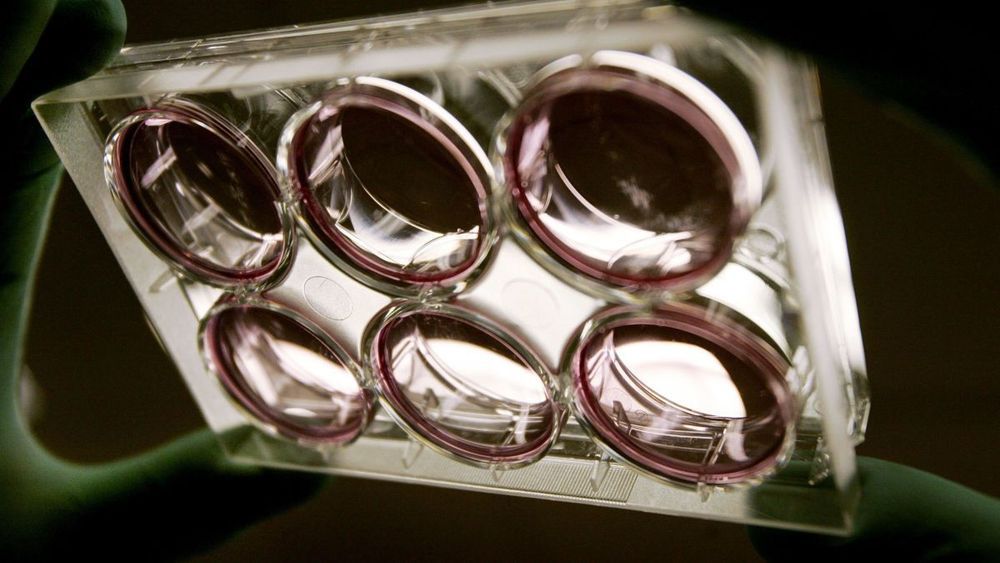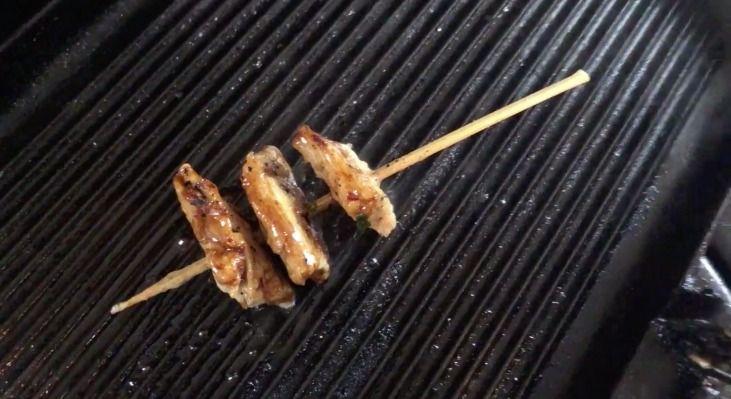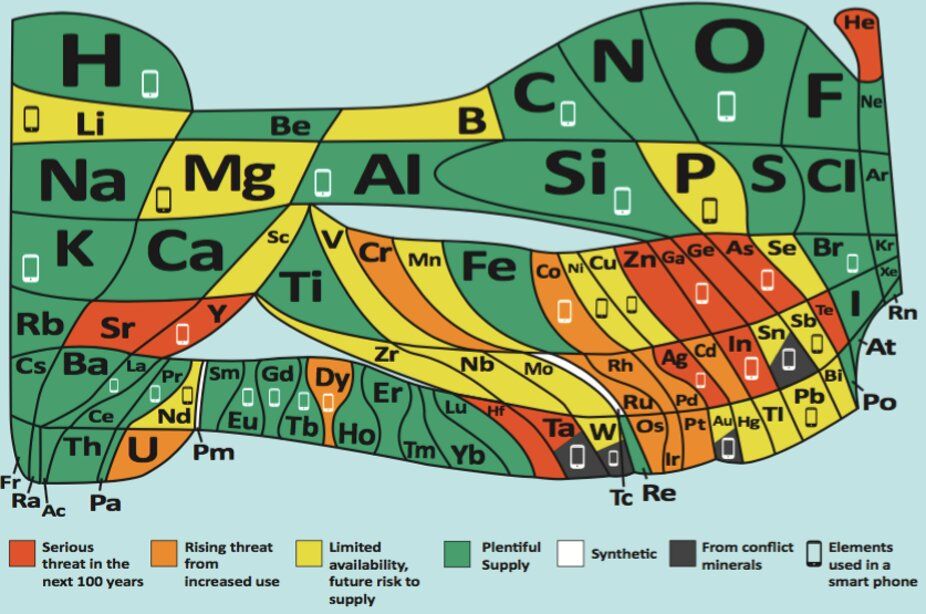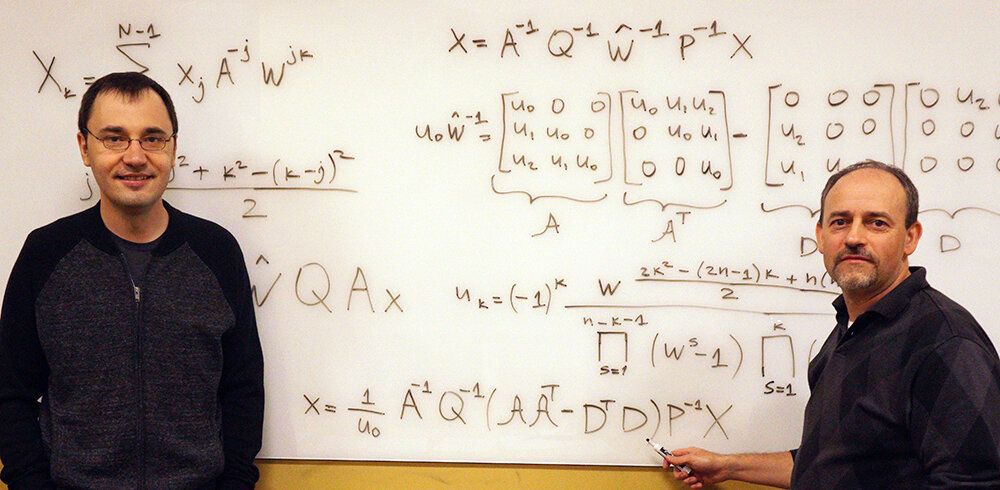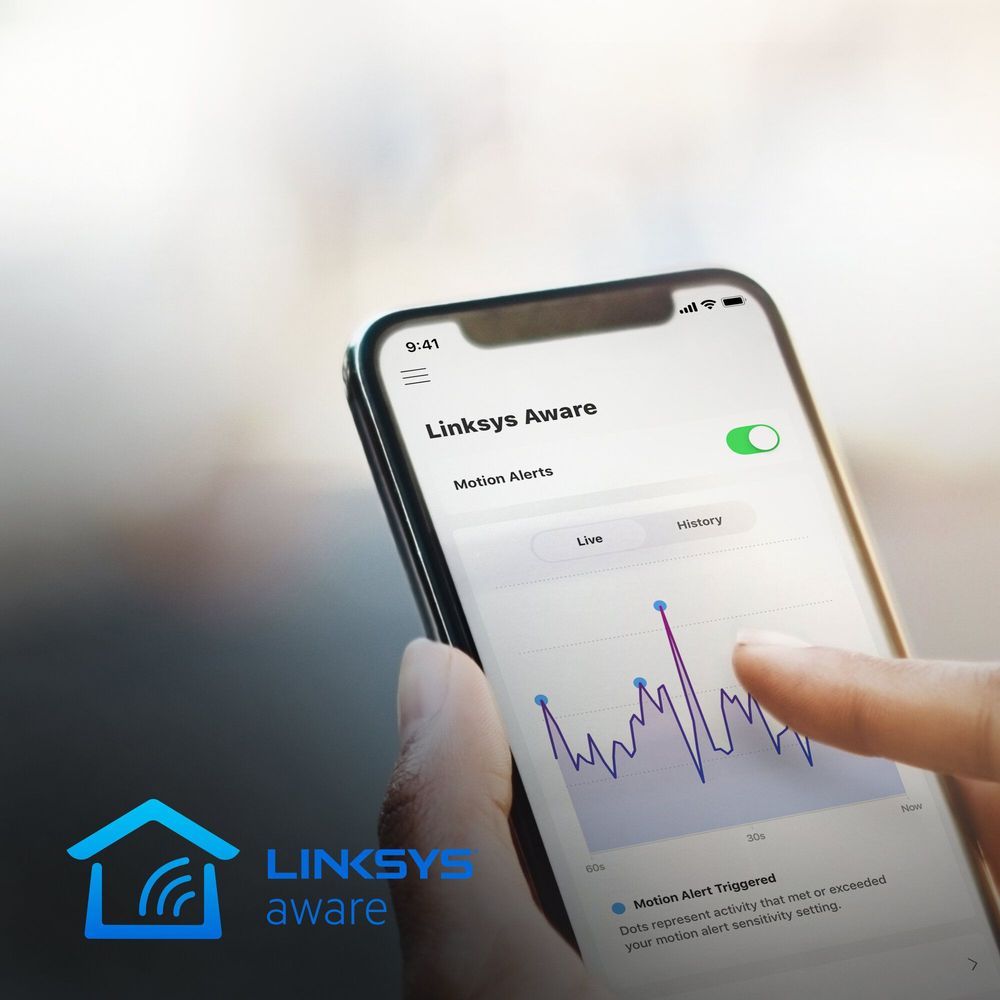Page 7353
Oct 11, 2019
Researchers discover material that could someday power quantum computer
Posted by Paul Battista in categories: computing, encryption, quantum physics
Quantum computers with the ability to perform complex calculations, encrypt data more securely and more quickly predict the spread of viruses, may be within closer reach thanks to a new discovery by Johns Hopkins researchers.
“We’ve found that a certain superconducting material contains special properties that could be the building blocks for technology of the future,” says Yufan Li, a postdoctoral fellow in the Department of Physics & Astronomy at The Johns Hopkins University and the paper’s first author.
The findings will be published October 11 in Science.
Oct 11, 2019
Optimizing Biological Age: White Blood Cells
Posted by Paul Battista in categories: biotech/medical, life extension
Circulating levels of white blood cells (WBCs) are one of the 10 variables used to quantify biological age with PhenoAge (https://michaellustgarten.com/2019/09/09/quantifying-biological-age). The reference range for WBCs is 4.5 – 11 *109 cells/L, but within that range, what’s optimal?
Several studies have reported that WBCs greater than 5 are associated with an increased all-cause mortality risk (Ahmadi-Abhari et al. 2013, Samet et al. 2005, Weijenberg et al. 1996). While observational studies are important for identifying associations with mortality risk, stronger evidence is obtained when the data from the same subjects are tracked for a time period. Perhaps the best evidence for the association between WBCs with mortality risk comes from the Baltimore Longitudinal Study on Aging (BLSA), which studied 2803 men and women over a period of 44 years (Ruggiero et al. 2007). As shown below, subjects that had circulating WBCs between 3.5 – 6 had the best survival, whereas WBCs below 3.5, between 6 – 10, and 10+ each had successively higher risk. The 0.5 point on the y-axis of the curve (survival) is defined as 50% mortality, and is the point where half of the study subjects died, whereas the remaining 50% were still alive.
Oct 11, 2019
Over 150,000 Americans Have Rare DNA Fluke and Don’t Know It, Study of 23andMe Data Finds
Posted by Genevieve Klien in categories: biotech/medical, genetics, health
A supposedly rare genetic quirk might be more common than we think, according to new research out Thursday. The study, based largely on 23andMe data, suggests that one in every 2,000 people are born with two copies of a gene from only a single parent, often with no serious health consequences.
Ordinarily, a person’s egg or sperm cells have one set of the genes that make up their chromosomes (other cells in our body have two sets). When a sperm fertilizes an egg, the resulting fertilized zygote will then have two sets of 23 chromosomes, one from each parent, making 46 chromosomes in total. If all goes well, the zygote multiplies and divides until it becomes a person, one with an even allocation of gene copies from both parents.
Oct 11, 2019
Lab-grown meat could be on store shelves by 2022, thanks to Future Meat Technologies
Posted by Klaus Baldauf in categories: food, sustainability
Are consumers ready for meat grown in a lab?
Companies like Memphis Meats, Aleph Farms, Higher Steaks, Mosa Meat and Meatable are all trying to bring to supermarkets around the world meat made from cultivated animal cells, but the problem has always been the cost.
Now, Future Meat Technologies has raised $14 million in new financing to build its first pilot manufacturing facilities to bring the cost of production of a cell-made steak down to $10 per pound — or $4 if the meat is combined with plant-based meat substitutes.
Oct 11, 2019
Periodic table: new version warns of elements that are endangered
Posted by Pat Maechler in category: chemistry
As this new version of the periodic table underlines, we must do all we can to conserve and recycle the precious building blocks[…].
If we don’t start taking these problems more seriously, many of the objects and technologies that we now take for granted may be relics of a more abundant age a few generations from now – or available only to richer people.
It is amazing to think that everything around us is made up from just 90 building blocks – the naturally occurring chemical elements. Dmitri Mendeleev put the 63 of these known at the time into order and published his first version of what we now recognise as the periodic table in 1869. In that year, the American civil war was just over, Germany was about to be unified, Tolstoy published War and Peace, and the Suez Canal was opened.
Continue reading “Periodic table: new version warns of elements that are endangered” »
Oct 11, 2019
Physicists look to navigational ‘rhumb lines’ to study polymer’s unique spindle structure
Posted by Saúl Morales Rodriguéz in categories: biological, physics
From the intricate patterns of pollen grains to the logarithmic spirals of nautilus shells, biology is full of complex patterns, shapes, and geometries. Many of these intricate structures play important roles in biological function, but can be difficult to create in a lab without state-of-the-art equipment or expensive and energy-consuming processes and materials.
A new study describes how spheres can be transformed into twisted spindles thanks to insights from 16th century navigational tools. Researchers show how polymers can contract into spiral structures, known as loxodromes, that have complex patterning ten times smaller than the width of a human hair. Published in Physical Review Letters, the research was conducted by University of Pennsylvania graduate student Helen Ansell, postdoc Daeseok Kim, and professors Randall Kamien and Eleni Katifori in the School of Arts and Sciences, in collaboration with Teresa Lopez-Leon of the École Supérieure de Physique et de Chimie Industrielles de la Ville de Paris (ESPCI).
Kim, who worked on this project at ESPCI before coming to Penn, was inspired by other studies showing that a mixture of polymer and liquid crystal took on a new shape when placed in a different solvent. It was a change that was also reversible and reproducible, with little to no energy required to cause the change in shape.
Oct 11, 2019
Engineers solve 50-year-old puzzle in signal processing
Posted by Saúl Morales Rodriguéz in categories: computing, information science, mobile phones, virtual reality
Something called the fast Fourier transform is running on your cell phone right now. The FFT, as it is known, is a signal-processing algorithm that you use more than you realize. It is, according to the title of one research paper, “an algorithm the whole family can use.”
Alexander Stoytchev—an associate professor of electrical and computer engineering at Iowa State University who’s also affiliated with the university’s Virtual Reality Applications Center, its Human Computer Interaction graduate program and the department of computer science—says the FFT algorithm and its inverse (known as the IFFT) are at the heart of signal processing.
And, as such, “These are algorithms that made the digital revolution possible,” he said.
Oct 11, 2019
Linksys announces motion detection with its mesh Wi-Fi routers
Posted by Saúl Morales Rodriguéz in categories: business, internet
Linksys, a division within Belkin International and Foxconn Interconnect Technology, has announced that it is offering a new motion detection service with its mesh Wi-Fi routers. As part of its announcement, the company said that the service will be subscription-based and will only be available (for now) with its Linksys Velop Tri-Band AC2200 routers. The new service is called Linksys Aware.
Mesh routers are designed to be placed in multiple locations in a home or business to ensure that there are no dead spots. Since the signals create a signal mesh, software in the routers detect how the signals are bounced around, creating imprints of individual rooms and what the signals look like. If signals are interrupted, it means that something is physically blocking them, such as a person. If such a blockage is detected, the routers can send a message to an app, also created by Linksys, alerting homeowners to a possible intruder.
Users who want the new service need only install the software on their current routers, along with the app—and then sign up to pay either $2.99 each month or $24.99 for a full year. The company is also offering a 90-day free trial of the service.
Oct 11, 2019
Biologically-inspired skin improves robots’ sensory abilities
Posted by Saúl Morales Rodriguéz in categories: cyborgs, information science, robotics/AI
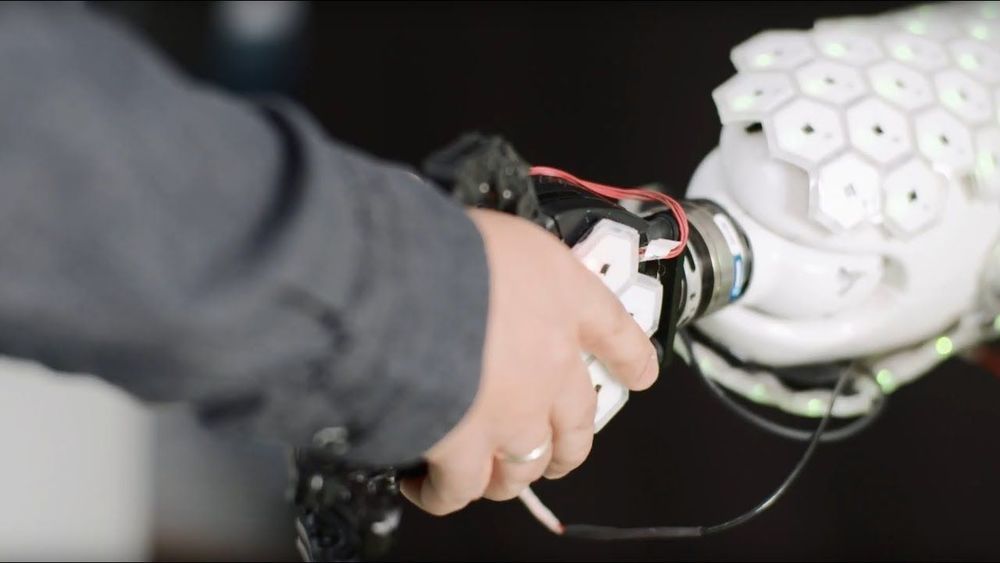
Sensitive synthetic skin enables robots to sense their own bodies and surroundings—a crucial capability if they are to be in close contact with people. Inspired by human skin, a team at the Technical University of Munich (TUM) has developed a system combining artificial skin with control algorithms and used it to create the first autonomous humanoid robot with full-body artificial skin.
The artificial skin developed by Prof. Gordon Cheng and his team consists of hexagonal cells about the size of a two-euro coin (i.e. about one inch in diameter). Each is equipped with a microprocessor and sensors to detect contact, acceleration, proximity and temperature. Such artificial skin enables robots to perceive their surroundings in much greater detail and with more sensitivity. This not only helps them to move safely. It also makes them safer when operating near people and gives them the ability to anticipate and actively avoid accidents.
Continue reading “Biologically-inspired skin improves robots’ sensory abilities” »

